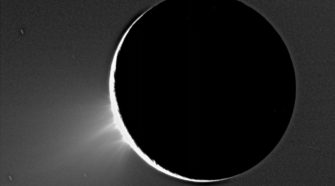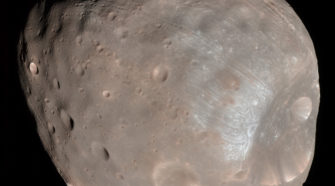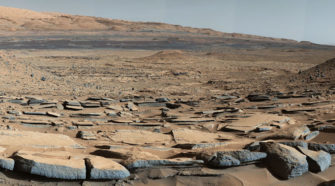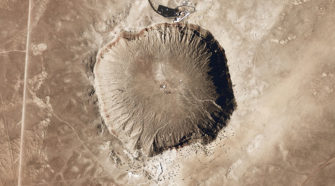Topic
Special Topic: Interplanetary Dust
The “Special Topics” presentation two weeks ago pointed out that the term “small bodies” of the solar system generally refers to objects like comets and asteroids, although that particular presentation discussed another class of such objects, i.e., the small moons of the planets. To carry the term “small bodies” to an extreme, we could examine …
Special Topic: The “Building Blocks” of Life
The “Special Topics” presentation two weeks ago discussed the possibility that signs of life might exist within certain meteorites that have been found to have come from Mars, although it did so partially within the overall context of “are we alone?” Another part of that discussion revolves around how life on Earth – and, hopefully, …
Special Topic: Small Planetary Moons
Throughout “Ice and Stone 2020” I have generally used the term “small bodies of the solar system” to refer to comets and asteroids. However, there is another type of “small body” that we encounter throughout the solar system: these are the smaller moons that accompany many of the major planets. The dividing line between what …
Special Topic: Life in Martian Meteorites?
The question as to whether or not we are alone in the universe has fascinated humanity throughout most of its history. In addition to driving many of our mythologies and stories, it has also motivated many of us, myself included, to pursue sciences like astronomy in the first place. The unambiguous discovery that life has …
Special Topic: Terrestrial Impact Craters
The “Special Topics” presentation six weeks ago on “Lunar and Planetary Impacts” discussed how the Italian astronomer Galileo Galilei noticed craters on the moon the first time he turned his recently-made primitive telescope towards that object. Indeed, almost any kind of optical aid, be this in the form of binoculars or a small telescope, will …
Special Topic: Discoveries and Surveys
Up until a few centuries ago, all the comets that were seen by human beings were “discovered” via the unaided eye. It is unlikely that there were ever any search efforts for these objects, rather, when they appeared they essentially revealed themselves to the people who were alive at that time. Probably the closest thing …






